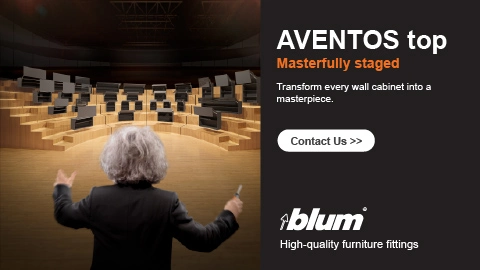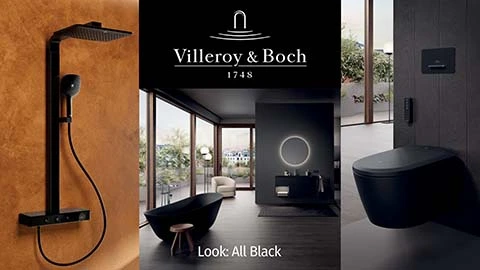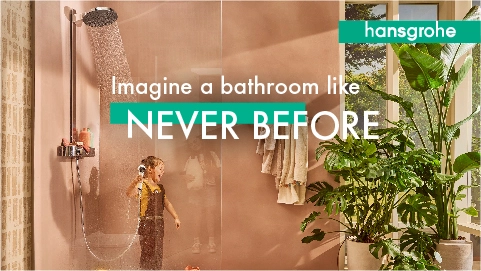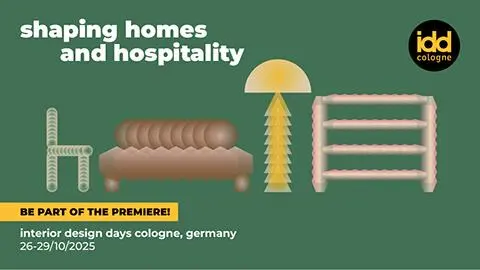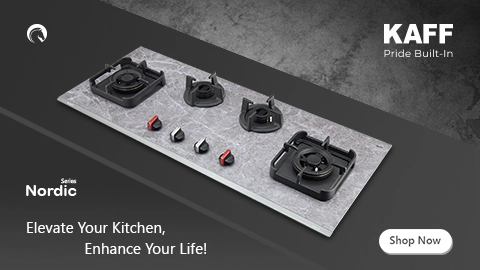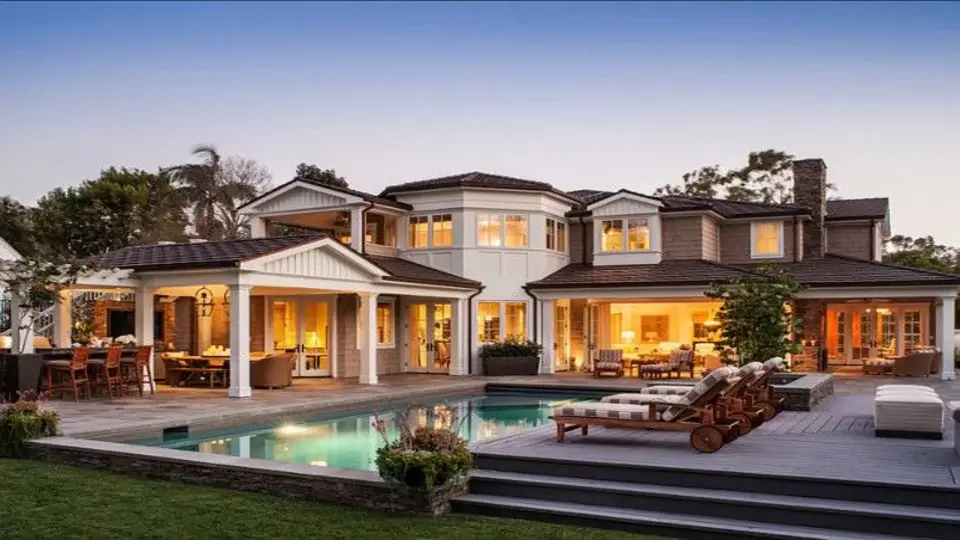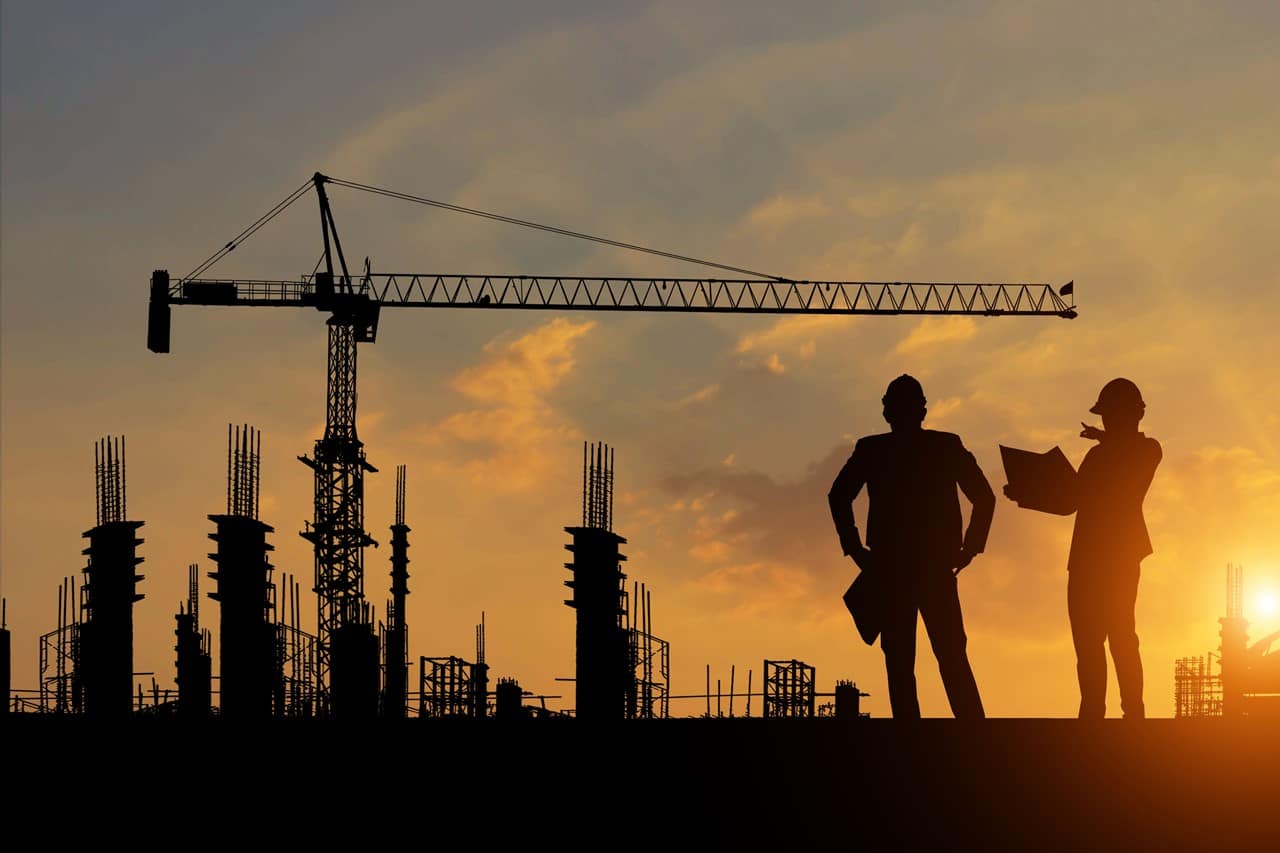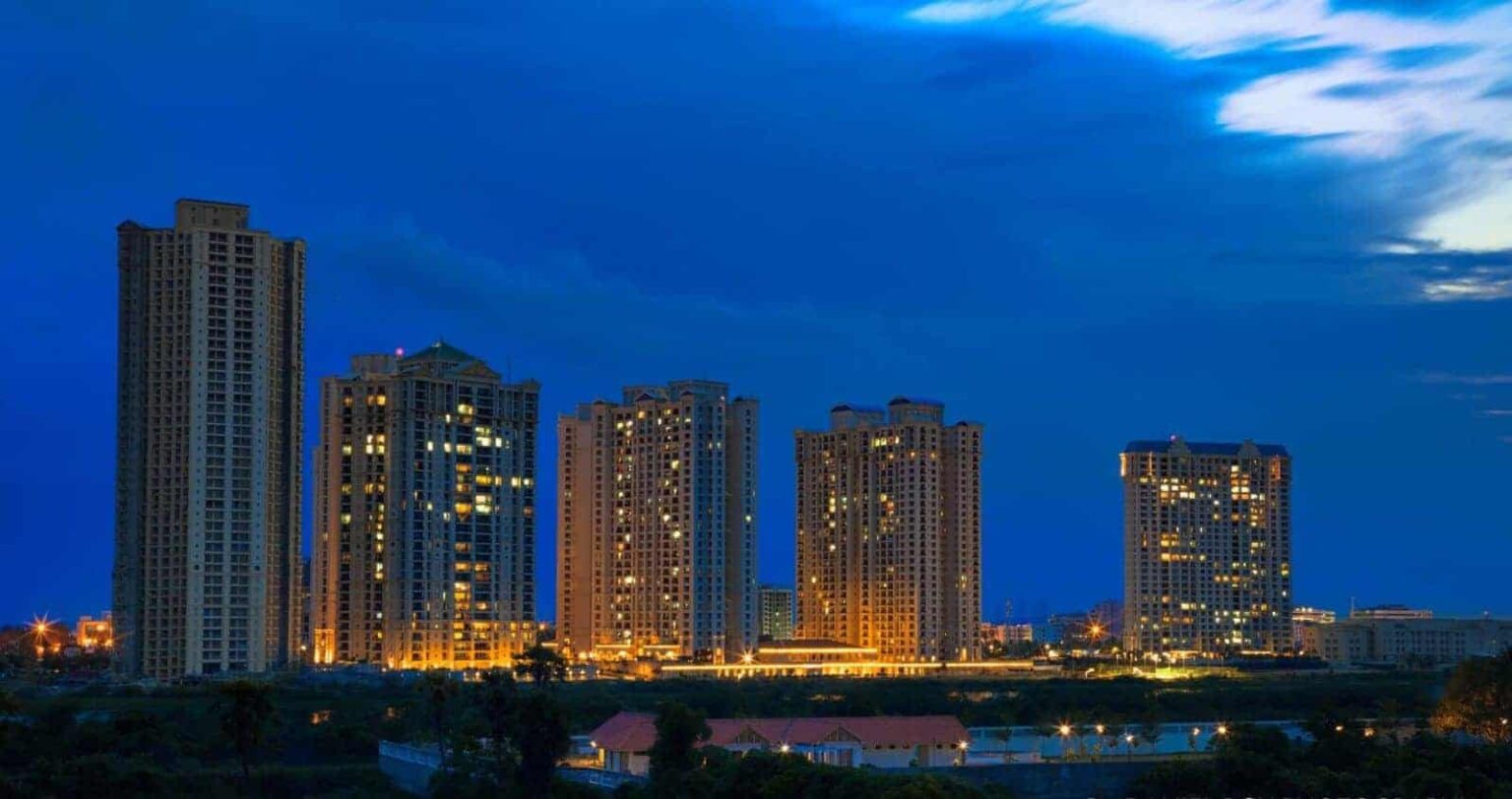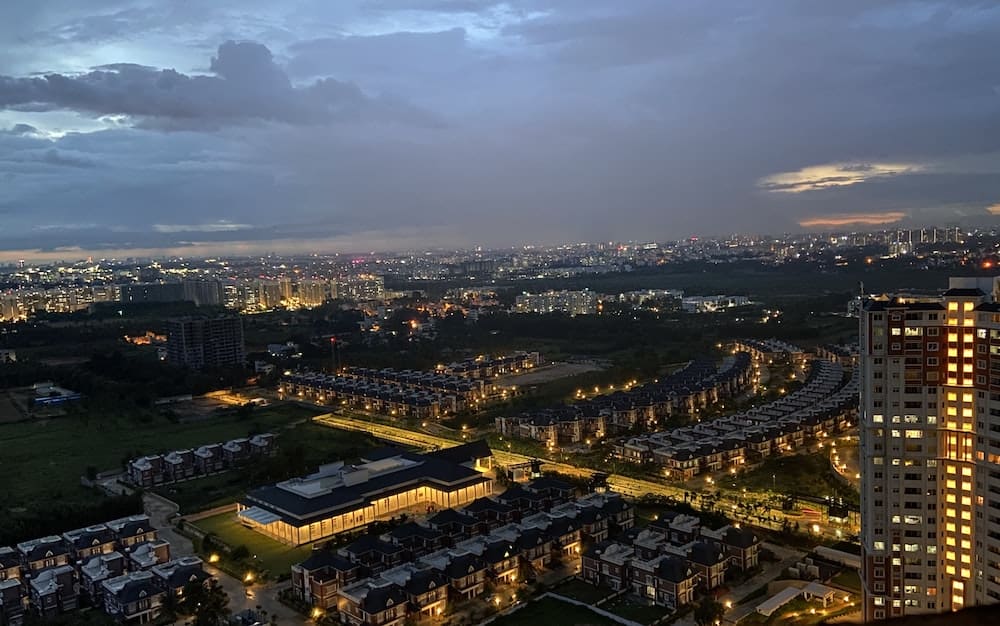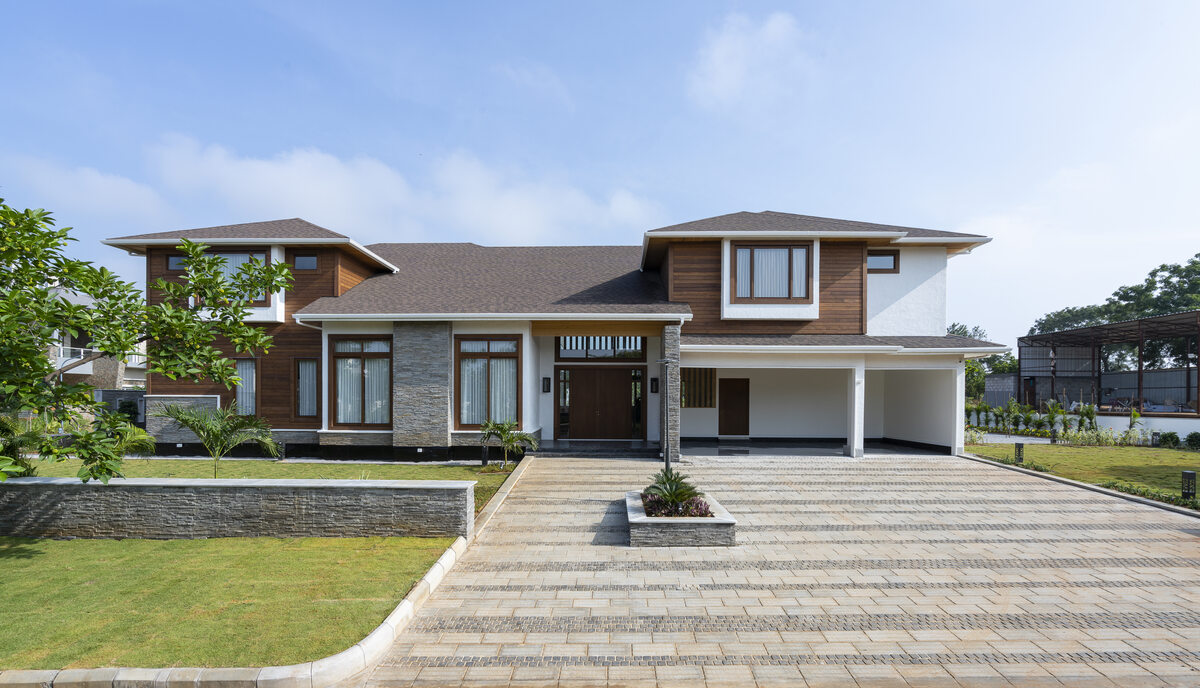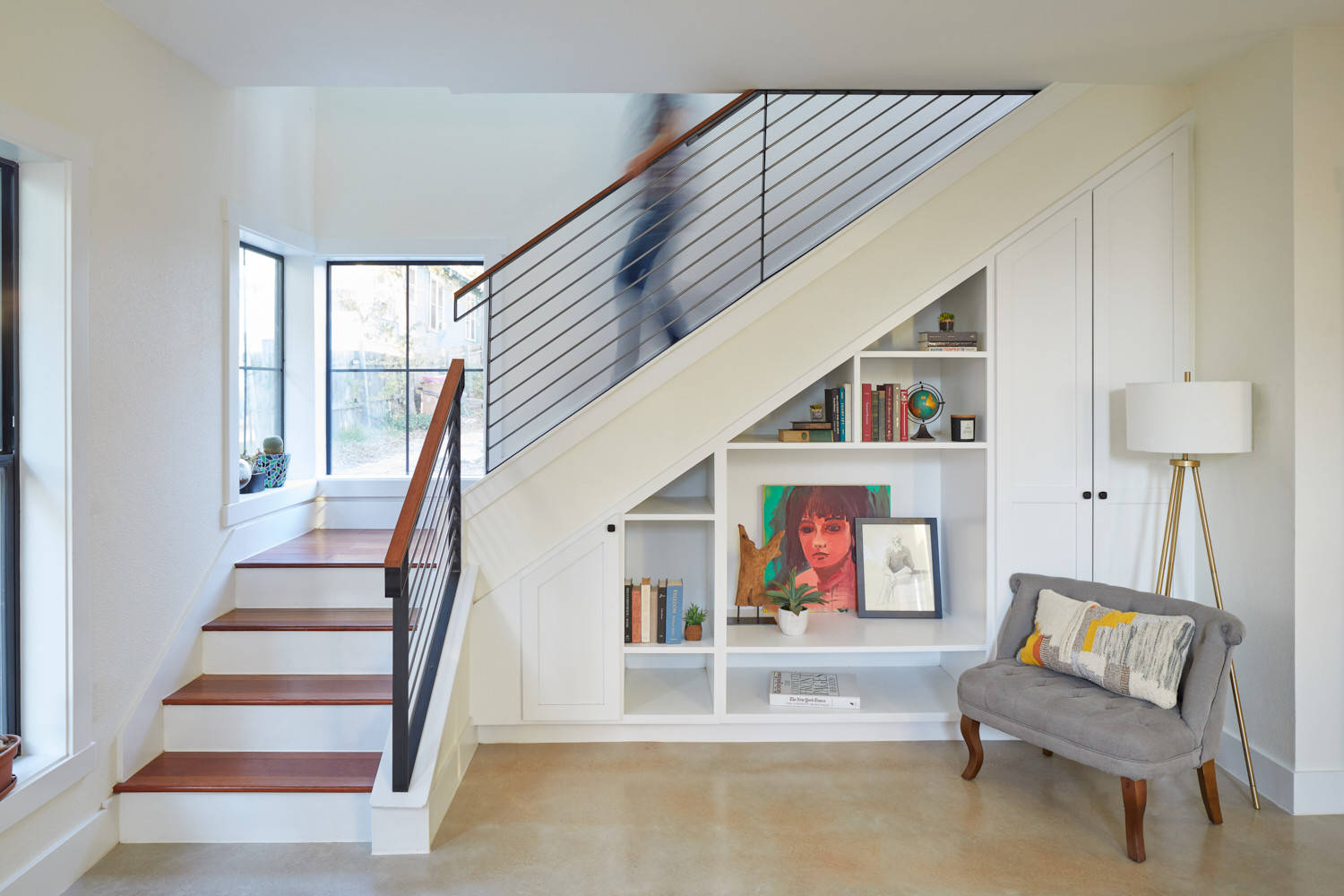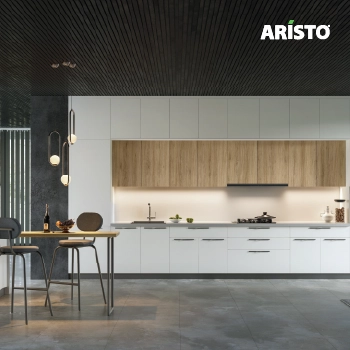When it comes to creating a harmonious and balanced living space, paying attention to the principles of Vastu Shastra can be immensely beneficial. In Vastu Shastra, every element of a home is believed to influence the energy flow within the space, including the staircase. In Vastu, the arrangement and design of staircases hold significant importance as they believe that they impact the overall energy dynamics of a home. Understanding the Vastu principles for staircase design such as the direction of the stairs, colours, placement, etc. can help you create a harmonious and positive environment in your home. By following these guidelines, you can enhance the flow of positive energy and create a sense of balance and well-being in your home.
Contents
- 1 Staircase Vastu tip #1
- 2 Staircase Vastu tip #2
- 3 Staircase Vastu tip #3
- 4 Staircase Vastu tip #4
- 5 Staircase Vastu tip #5
- 6 Staircase Vastu tip #6
- 7 Staircase Vastu tip #7
- 8 Staircase Vastu tip #8
- 9 Staircase Vastu tip #9
- 10 Staircase Vastu tip #10
- 11 Vastu dosha or defects in a staircase
- 12 Bad staircase design according to Vastu
- 13 Vastu-approved staircase designs for your home
- 13.1 Vastu-approved staircase design #1 – Opulent architecture
- 13.2 Vastu-approved staircase design #2 – Minimalistic monochrome
- 13.3 Vastu-approved staircase design #3 – Rectangular stairs
- 13.4 Vastu-approved staircase design #4 – Under-stair storage
- 13.5 Vastu-approved staircase design #5 – Carpet flooring stairs
- 13.6 Vastu-approved staircase design #6 – Jali-inspired stairs
- 13.7 Vastu-approved staircase design #7 – Clock-wise stairs
- 14 FAQs
- 14.1 What level of significance does lighting hold in relation to a staircase?
- 14.2 How does the positioning of handrails impact the energy within a home?
- 14.3 What colours are typically recommended for a staircase as per Vastu?
- 14.4 As per Vastu, what materials are commonly preferred for constructing a staircase?
- 14.5 Is it possible to make alterations to a staircase in accordance with Vastu Shastra principles?
- 14.6 What is the 18 Rule for a staircase?
- 14.7 As per Vastu, can stairs be in front of the main door?
- 15 Conclusion
- 16 Vastu in west-facing house: Vastu Shastra principles, benefits & tips
Staircase Vastu tip #1
Vastu-recommended direction
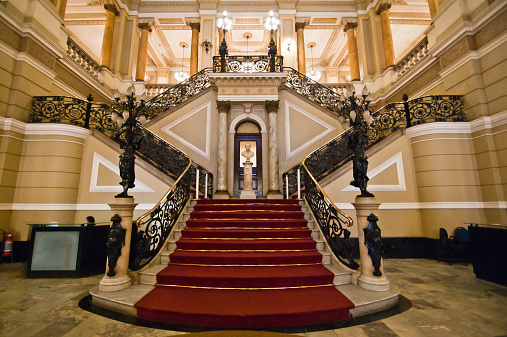
Image Source: Unsplash
According to Vastu Shastra, the direction of your staircase can greatly impact the energy flow in your home.
Staircase inside the house: It is recommended to have the staircase in the south, west, or southwest direction of the home. Avoid having the staircase in the northeast direction as it can lead to financial and health problems. Additionally, ensure that the staircase does not face the main entrance or the kitchen.
Staircase outside the house: The ideal directions for an external staircase according to Vastu principles are:
- South-East, facing East: Promotes positive energy flow and well-being.
- South-West, facing West: Enhances balance, and stability, and attracts prosperity.
- South-West, facing South: Provides stability, and security, and fosters positive energy.
- North-West, facing North: Facilitates a smooth flow of energy, and mental well-being, and improves communication.
Staircase Vastu tip #2
Orientation of steps
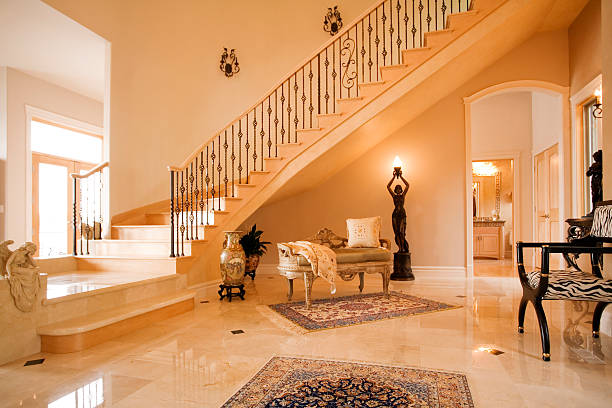
Image Source: istockphoto.com
In addition to direction, the orientation of steps is another important aspect to consider when applying Vastu principles to staircase design. According to Vastu, the steps should always ascend east to west or north to south. This orientation promotes a harmonious transition between different levels of the house. It is advisable to avoid staircase designs that ascend in the opposite direction. Since they may disrupt the flow of energy and create imbalances within the space.
Staircase Vastu tip #3
Odd number of steps
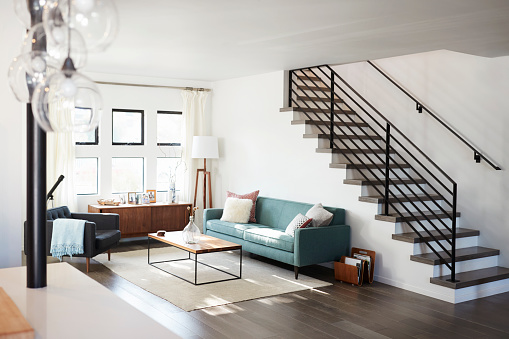
Image Source: istockphoto.com
In Vastu, it is advised to opt for odd numbers when it comes to the number of steps in a staircase. The energy associated with odd numbers is believed to be vibrant and dynamic. It aligns with the natural flow of energy and promotes positivity within the space. Therefore, when designing your staircase, it is recommended to choose an odd number rather than an even, such as 15, 17, 19 or 21.
Staircase Vastu tip #4
The perfect shape of the staircase
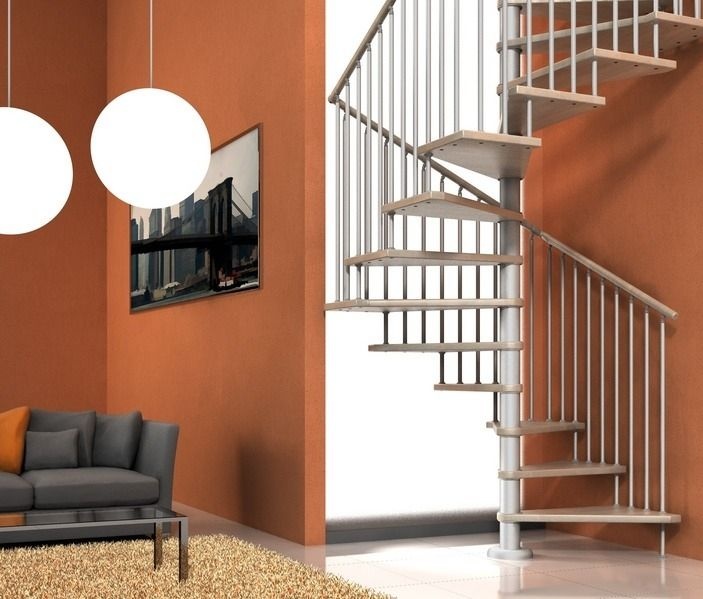
Image Source: Pinterest
According to Vastu Shastra, a square or rectangular staircase is considered ideal as it allows for a smooth and uninterrupted flow of positive energy. Additionally, right angles in the turns of the staircase enhance this positive energy flow, whether the staircase is located inside or outside the building.
Staircase Vastu tip #5
Location
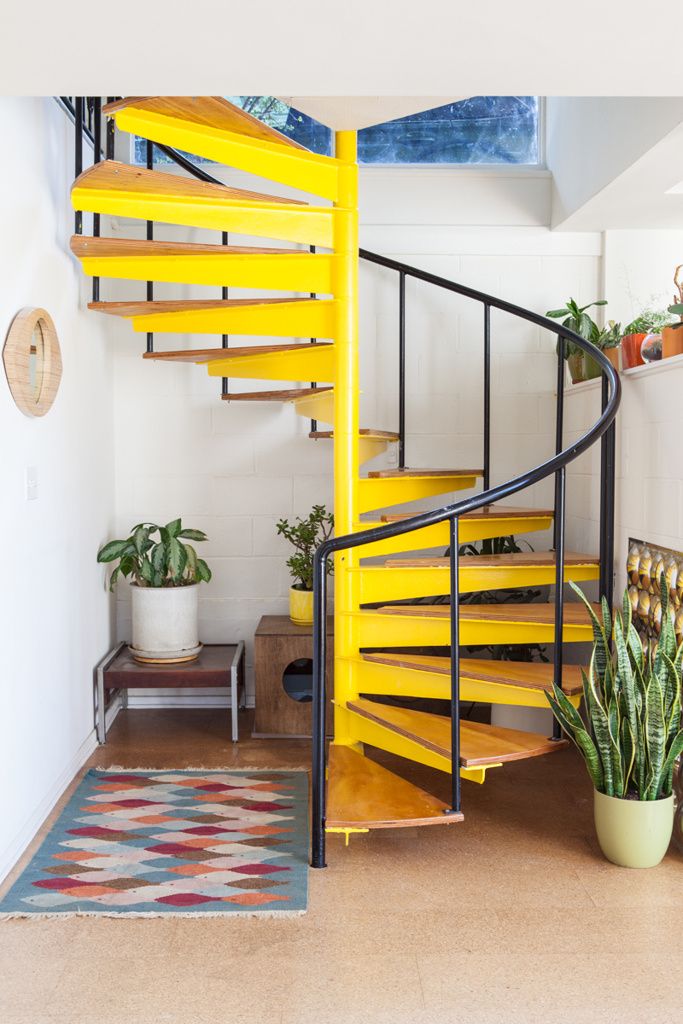
Image Source: Pinterest
In Vastu Shastra, Bramhastan refers to the central part of a house design, which is considered highly auspicious. It is the space where cosmic energy converges and flows throughout the house. Placing a staircase in the Bramhastan area generally considers a Vastu defect as it can disrupt the energy flow and create an imbalance in the house.
Staircase Vastu tip #6
Placement
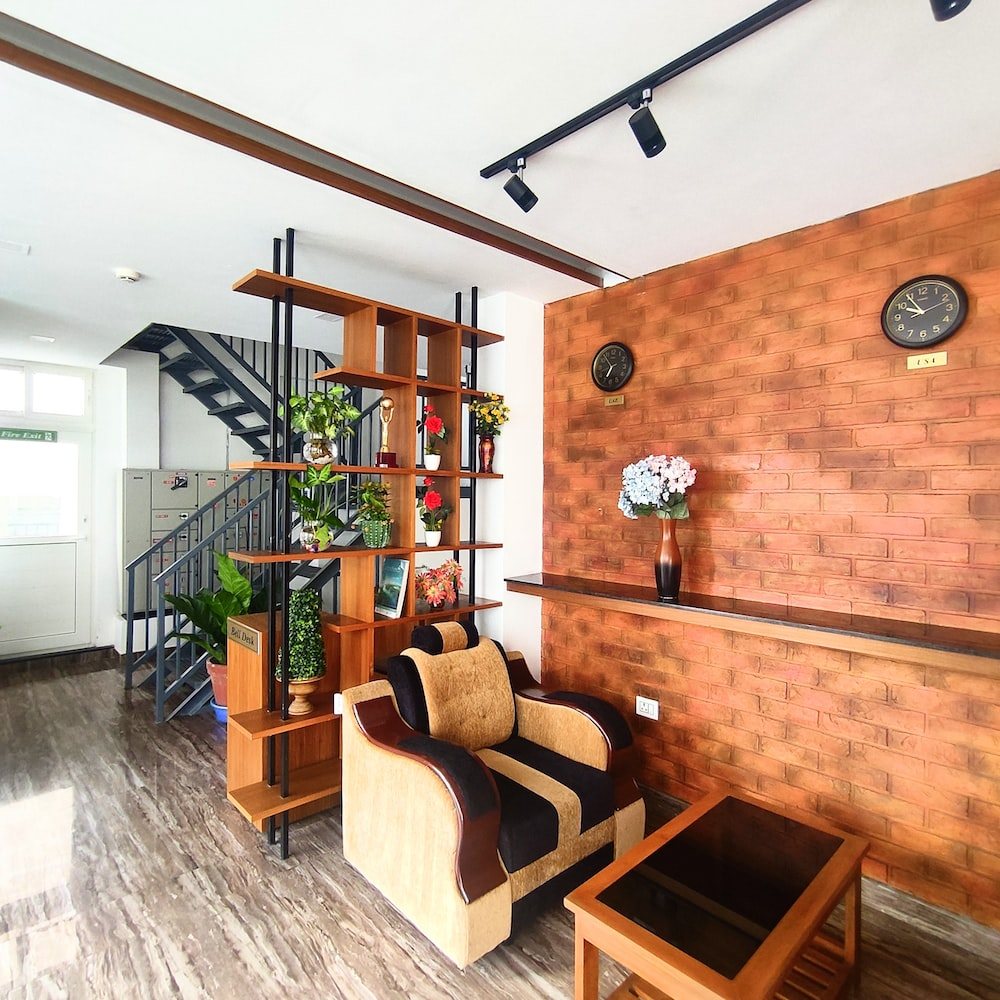
Image Source: Unsplash
The placement of a staircase according to Vastu principles is crucial for maintaining positive energy flow and overall harmony in a home. It is advisable to avoid placing the staircase in areas such as the kitchen, storeroom, or puja room to respect the sacredness of these spaces. Connecting stairs leading to different levels, such as the upper floor and basement, should be avoided to prevent disruptions in energy flow. It is beneficial to position the staircase in a location that is not immediately visible upon entering the space to maintain privacy and allow energy to circulate freely in the main living areas. Additionally, having doors at both the beginning and end of the staircase enhances Vastu compliance and helps control energy movement.
Staircase Vastu tip #7
The right colours
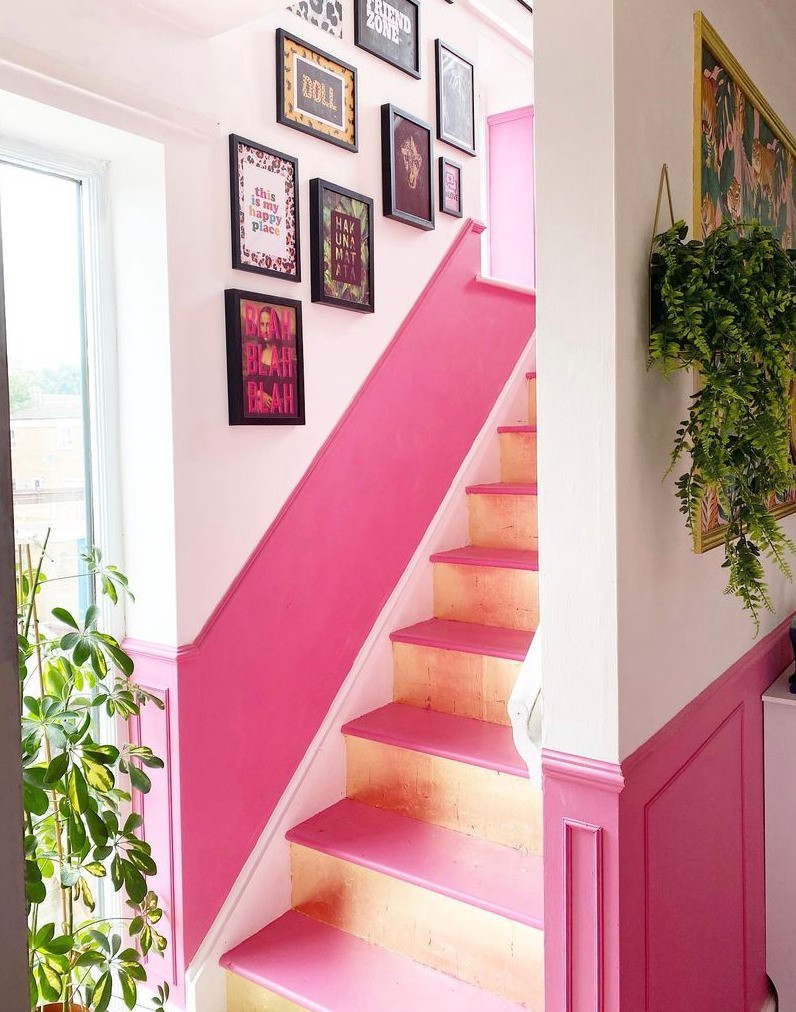
Image Source: Pinterest
According to Vastu Shastra, it is advisable to use light shades when painting or decorating the staircase and bannister, as dark shades can create negative energy. Red and black should be avoided in particular. The walls surrounding the staircase can be decorated with wallpaper. However, it is advisable to choose a lighter colour to ensure positive energy flow in your home.
Staircase Vastu tip #8
Use of space under a staircase
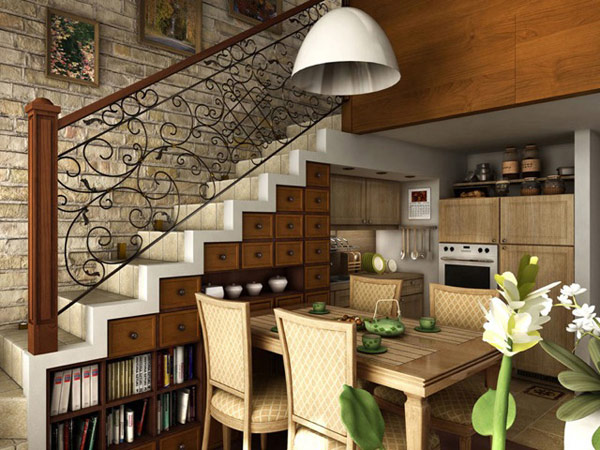
Image Source: Pinterest
According to Vastu experts, it is important to use the space under the staircase in small homes wisely. While it may be tempting to create a small kitchen, bathroom, or workstation in this area, it is best to avoid doing so. Instead, the space should be used for storage of common household items. Valuable items, such as cash or jewellery, should not be kept in cabinets under the staircase. It is also important to avoid using this space for storing discarded items or worn-out footwear. This will ensure that the energy flow in your home remains positive and harmonious.
Staircase Vastu tip #9
Staircase handrail
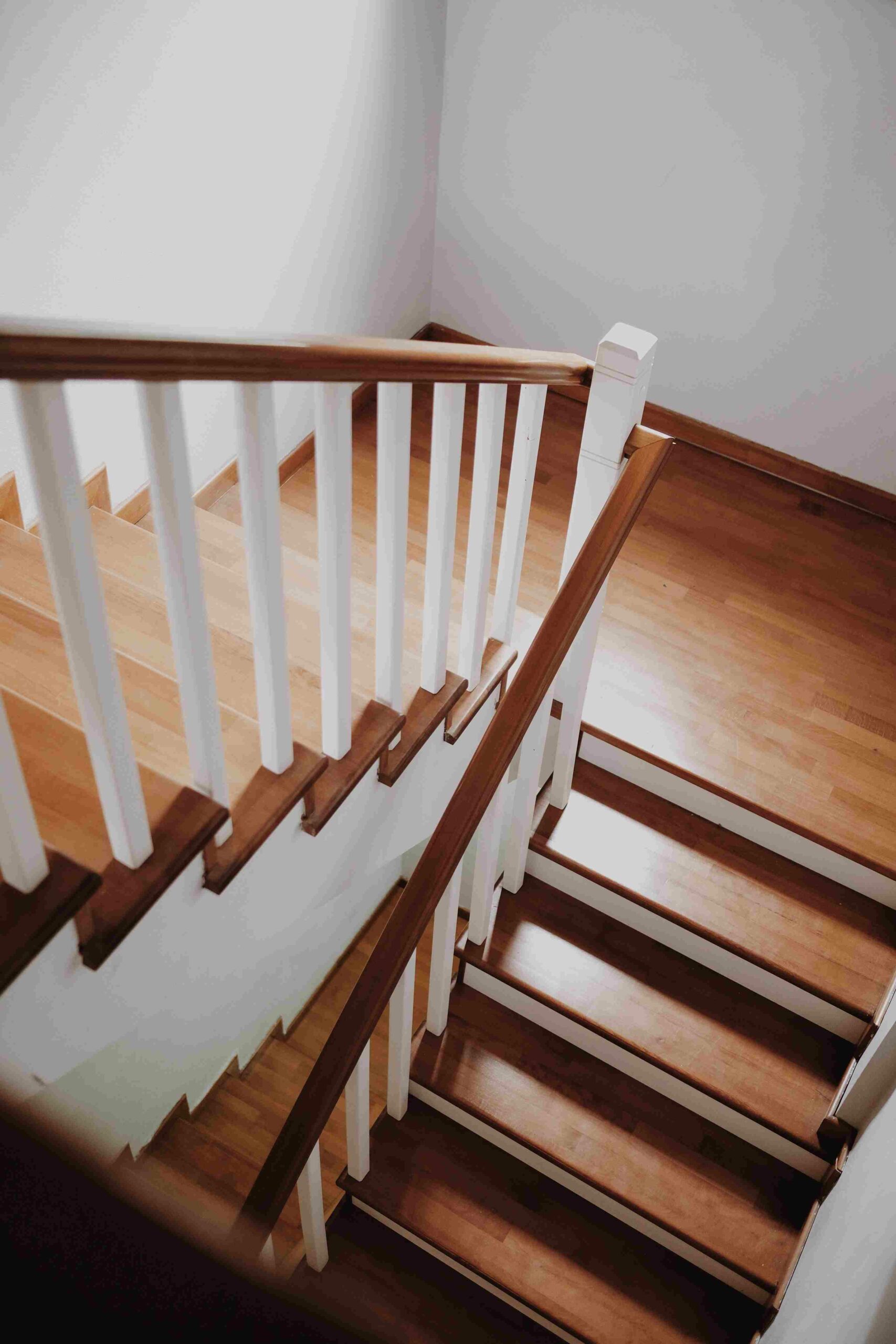
Image Source: Tahir Osman on Pexels
As per the Vastu principles, it is advisable to have marble or stone handrails for staircases in the southwest direction of home, while metal handrails are suggested for stairs in the west. Wooden handrails are auspicious for staircases in the east and south directions. Additionally, the handrails should be sturdy and comfortable to hold for the safety and convenience of those using the stairs.
According to Vastu Shastra, a staircase without a handrail is considered inauspicious and could bring negative energy into the home. Additionally, it poses a safety hazard and should be avoided. It is advisable to have a sturdy handrail installed on staircases in the home to ensure safety and positive energy flow.
Staircase Vastu tip #10
Best flooring materials
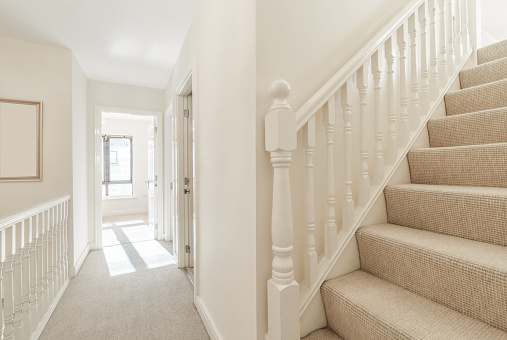
Image Source: istockphoto.com
When it comes to selecting the best staircase flooring materials, natural materials are highly advisable. Wood, such as teak or oak, is considered auspicious and brings warmth and natural beauty to the space. Stone, like marble or granite, is also popular for its durability and grounding properties. Both these materials resonate well with Vastu principles as they promote a sense of stability, balance, and connection to nature. It is advisable to avoid synthetic or artificial materials for staircase flooring, as they disrupt the natural energy flow. Additionally, the colour and pattern of the carpet can be chosen on the basis of Vastu principles to enhance the energy of the space.
Vastu dosha or defects in a staircase
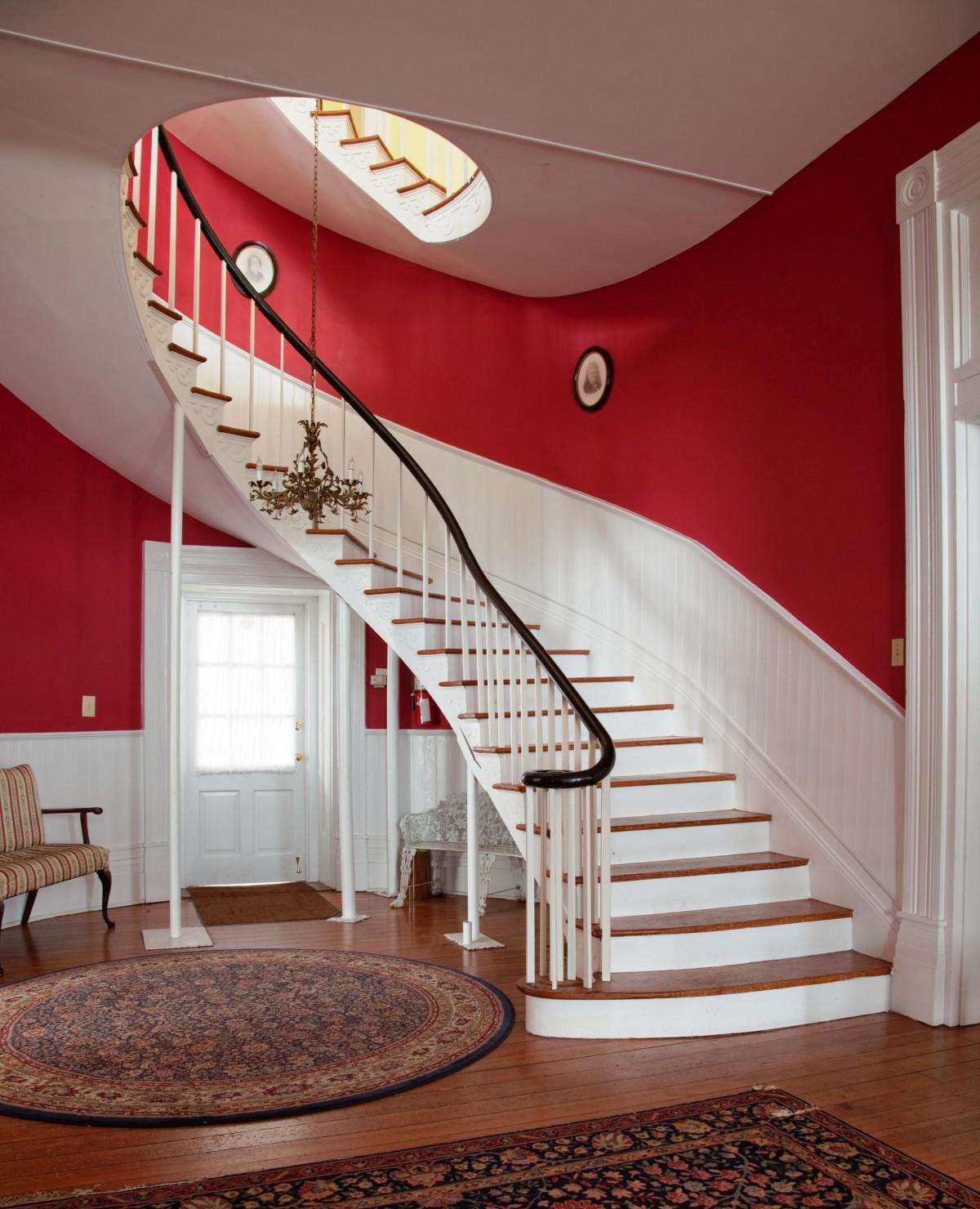
Image Source: pxhere
Certain defects in staircase design and placement can have negative effects on the energy flow and overall harmony of a building according to Vastu principles. Here are some serious staircase defects to be aware of:
- Staircase in the North-East side: The North-East is considered a highly auspicious direction in Vastu, associated with positive energies and spiritual growth. Placing a staircase in this area can disrupt the flow of positive energy and create an imbalance within the space.
- Spiral staircases: While spiral staircases may be visually appealing and space-saving, they are generally not recommended in Vastu. Their circular and winding nature cause energy to move too quickly and erratically, leading to a lack of stability and potential imbalances in the building.
- Staircase encircling the building: When a staircase wraps around the entire building, it can create an energy vortex that disturbs the flow of energy within the structure. This can result in an unstable and chaotic environment, affecting the well-being and harmony of the occupants.
- Broken steps: Staircases with broken steps not only pose safety risks but also disrupt the flow of energy. They symbolize obstacles and can bring negative energy into the building, causing setbacks and hindrances in various aspects of life.
- Dark-coloured staircase: Dark-coloured staircases absorb energy rather than reflect it, creating a heavy and stagnant atmosphere. It is preferable to have well-lit staircases with lighter colours, as they promote a positive and vibrant energy flow.
Bad staircase design according to Vastu
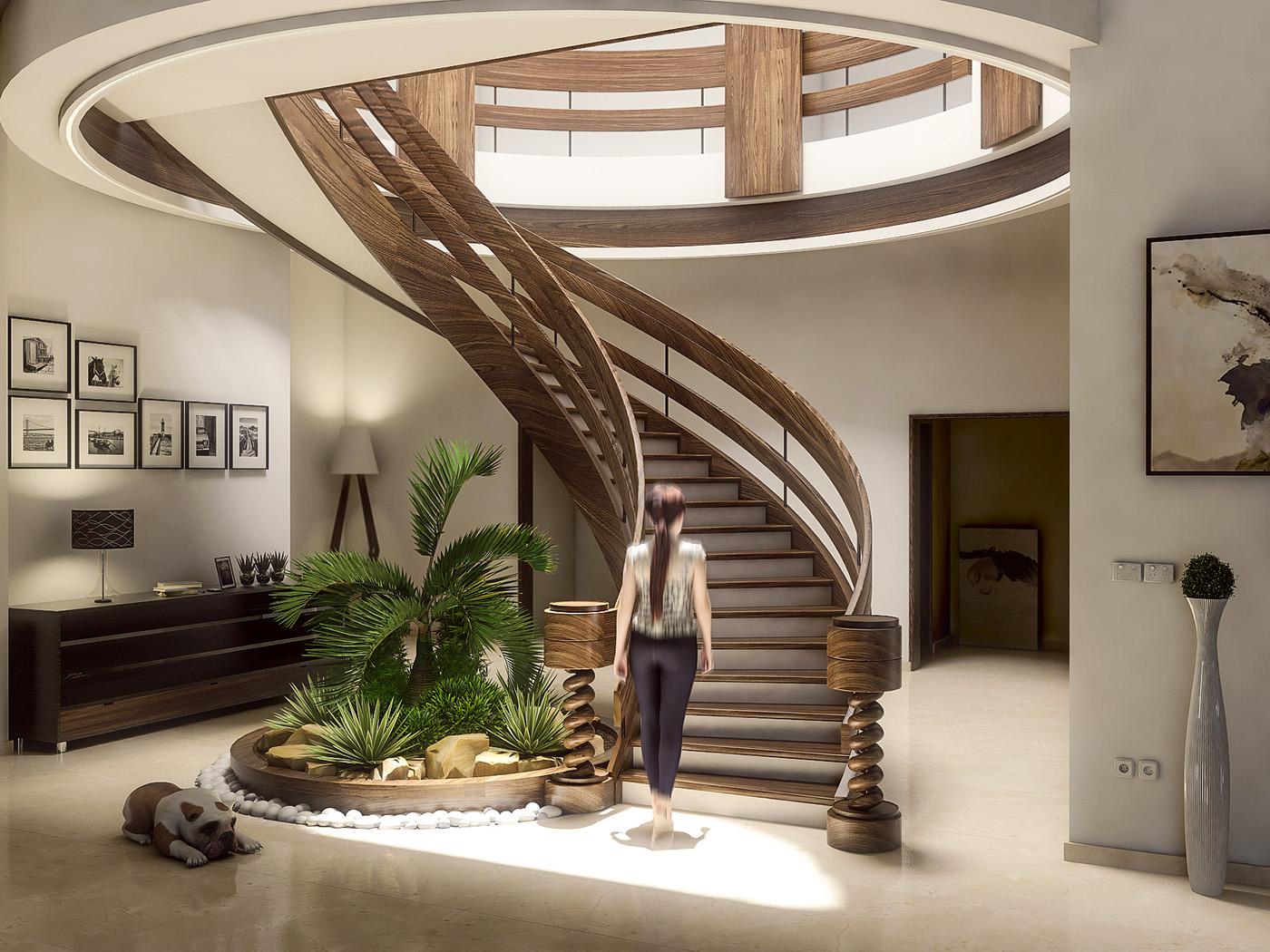
Image Source: Behance
While it’s important to have a visually appealing staircase, it’s equally important to ensure that it’s practical and in line with Vastu principles for a harmonious home. So, while planning the staircase design, consider the following:
- Avoid placing the staircase in the centre of the house
- Ensure that the staircase is well-lit and ventilated to bring positive energy into the home and prevent stagnant energy from accumulating
- Avoid sharp edges and corners in the design of the staircase
- Opt for rounded or curved edges to promote positive energy flow
- Varying sizes or irregular steps create instability and disharmony in the house.
Vastu-approved staircase designs for your home
Vastu-approved staircase design #1 – Opulent architecture
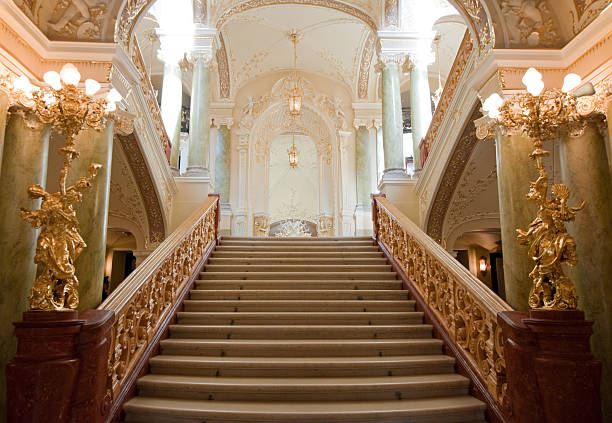
Image Souce: istockphoto.com
Step into opulent architecture with this Vastu-approved staircase design, showcasing grandeur and elegance at its finest. The intricate details and luxurious materials used in this design create a truly magnificent and captivating visual experience.
Vastu-approved staircase design #2 – Minimalistic monochrome
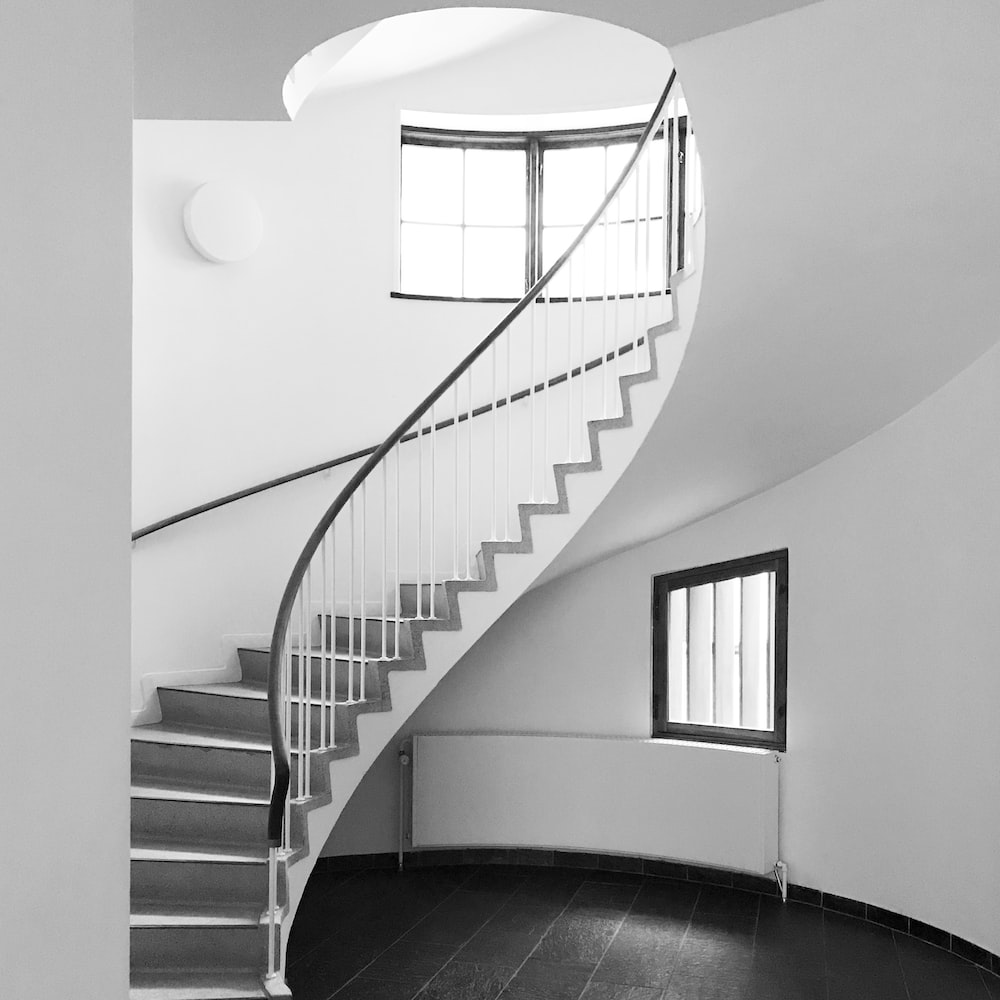
Image Source: Unsplash
The clean lines and understated elegance of this design create a harmonious and serene atmosphere, perfectly complementing modern interior aesthetics.
Vastu-approved staircase design #3 – Rectangular stairs
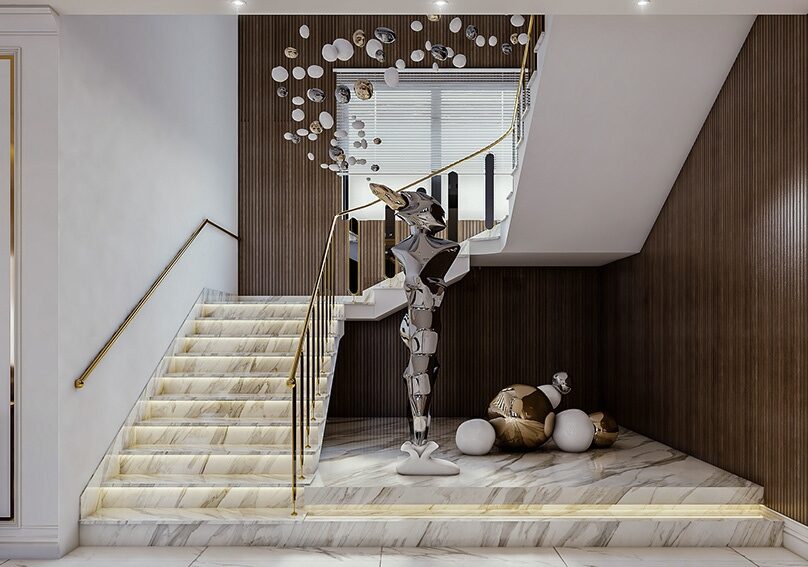
Image Source: Behance
The straight lines and symmetrical structure of this design not only enhance the visual appeal of your space but also ensure smooth and effortless navigation. Incorporating Vastu principles, this design promotes positive energy flow, making it an ideal choice for a balanced and harmonious home.
Vastu-approved staircase design #4 – Under-stair storage
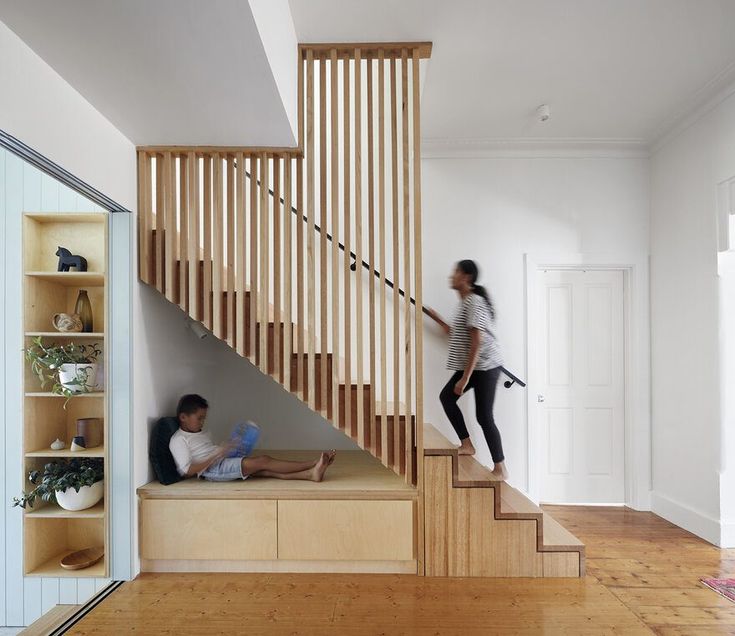
Image Source: Pinterest
This innovative approach allows you to utilize the often-neglected area beneath the stairs for practical storage solutions. From neatly organizing belongings to creating a hidden retreat, this design adds both functionality and aesthetics to your home while adhering to Vastu principles.
Vastu-approved staircase design #5 – Carpet flooring stairs
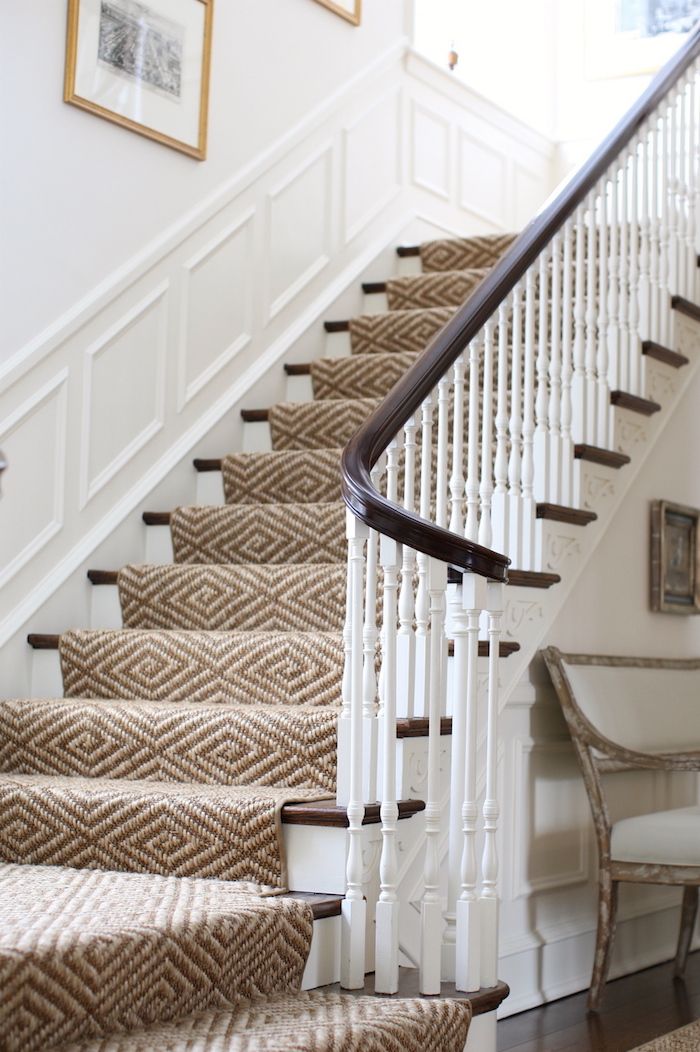
Image Source: Pinterest
This design choice not only adds a touch of luxury but also brings comfort and warmth to your staircase. The soft texture and stylish patterns of the carpet enhance the overall aesthetic appeal while adhering to Vastu principles. Whether you opt for a plush neutral carpet or a bold statement piece, this Vastu-approved staircase design adds a sophisticated and inviting touch to your living space.
Vastu-approved staircase design #6 – Jali-inspired stairs
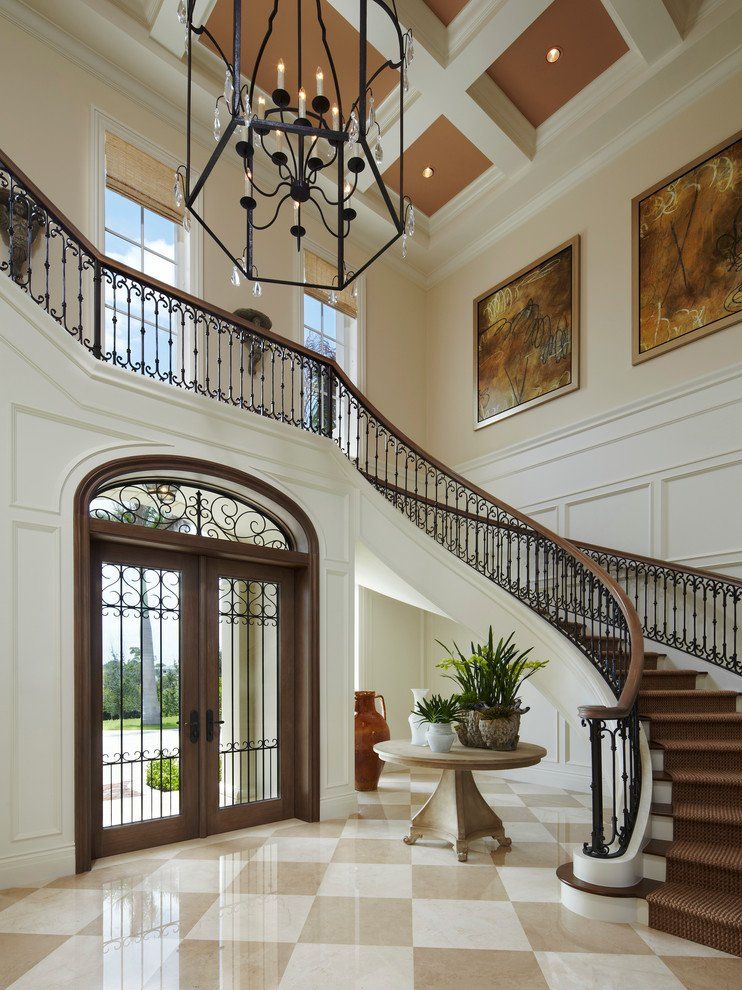
Image Source: Pinterest
The intricate patterns and geometric motifs of the Jali work bring an exquisite touch to your staircase. The interplay of light and shadow creates a captivating ambience, adding depth and character to your home.
Vastu-approved staircase design #7 – Clock-wise stairs
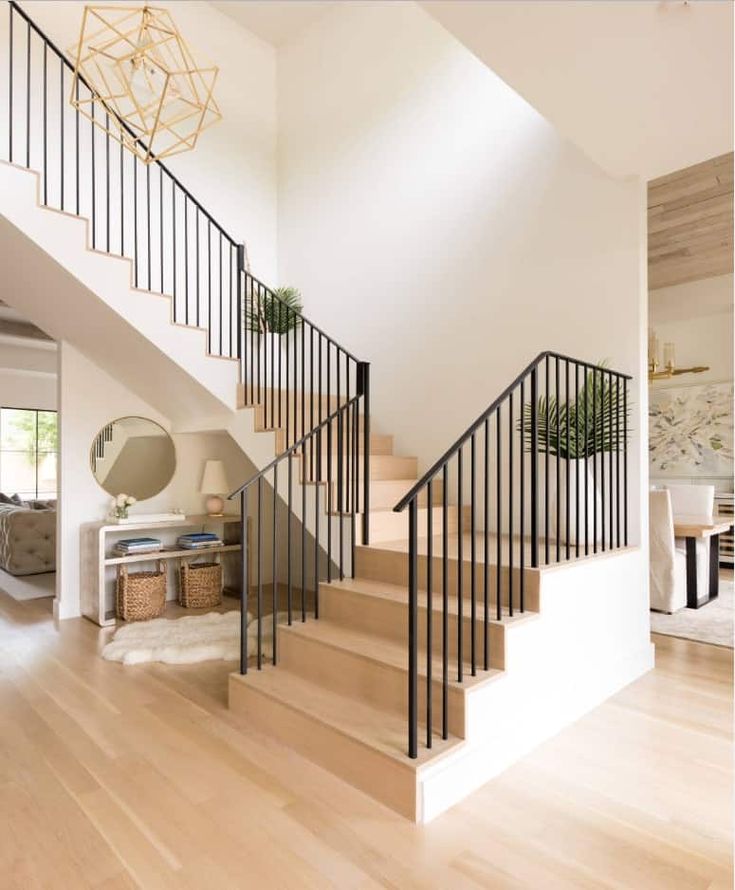
Image Source: Pinterest
This staircase gracefully ascends in a clockwise direction, symbolizing the upward movement of positivity and progress in Vastu. The clockwise motion is believed to enhance the flow of energy throughout the space, promoting a sense of balance and well-being.
| Also see: 21+ Modern staircase design ideas for contemporary homes |
FAQs
What level of significance does lighting hold in relation to a staircase?
In Vastu Shastra, the lighting of a staircase has a significant impact on the energy flow and overall harmony of a home. To ensure a positive environment, it is advisable to incorporate windows that allow natural light to enter the staircase area. If artificial lighting is necessary, it is best to use soft, warm lights and place them on the walls instead of the ceiling. It is crucial to keep the staircase well-lit at all times to promote safety, security, and well-being.
How does the positioning of handrails impact the energy within a home?
In Vastu Shastra, the ancient Indian science of architecture, the placement of handrails on staircases is believed to have an impact on the energy flow in a home. According to this practice, handrails should be placed on the right side of the staircase when going up and on the left side when going down. This facilitates the flow of positive energy in the correct direction, promoting harmony and balance in the home. So, if you’re looking to improve the energy in your home, consider the placement of your staircase handrails!
What colours are typically recommended for a staircase as per Vastu?
According to Vastu Shastra, the colours of a staircase can have an impact on the energy flow in a home. To promote positive energy and a calming atmosphere, Vastu experts recommend using light colours for staircases. These colours, such as off-white, light grey, and light blue, bring a sense of freshness and tranquillity to the space. However, bold colours emit intense energies that may disrupt the flow of energy in the home.
As per Vastu, what materials are commonly preferred for constructing a staircase?
According to Vastu Shastra, the direction of a staircase in a house plays a significant role in determining the preferred materials for construction. For staircases in north or east directions, experts recommend using marble and granite. On the other hand, for staircases in the south or west direction, Vastu Shastra suggests using wood, concrete, or stone as the preferred materials.
Is it possible to make alterations to a staircase in accordance with Vastu Shastra principles?
Yes, it is possible to modify a staircase even after its construction. We can easily implement simple modifications like changing the lighting or colour scheme. However, more significant changes like altering the direction of the staircase require the guidance of a Vastu expert. While these changes may be costly, they can greatly improve the overall energy flow in your home.
What is the 18 Rule for a staircase?
The “18 Rule” for a staircase refers to a guideline in architecture and design that suggests the ideal relationship between the height of a riser (vertical distance between two steps) and the width of a tread (horizontal distance of a step). According to this rule, the sum of the height and the tread width should be equal to approximately 18 inches (or 45.7 cm).
As per Vastu, can stairs be in front of the main door?
According to Vastu Shastra for stairs, it is not auspicious to have them in front of the main door. The main entrance of a house is an important area. Since it is the entry point for positive energy. Placing stairs directly in front of the main door can disrupt the flow of energy. Moreover, it creates an imbalance in the house. This can potentially lead to difficulties and obstacles in various aspects of life.
Ideally, the main entrance should be clear and unobstructed to allow the entry of energy into the house. Stairs in front of the main door can create a feeling of heaviness. Therefore, it may be challenging for the energy to circulate freely.
Conclusion
When designing your home, it’s important to consider Vastu principles for the staircase. Even though it may not be the most glamorous part of your home, the staircase plays a crucial role in the overall design and flow of energy. Ignoring Vastu principles when constructing your staircase could have negative effects on the energy and harmony of your home.
By considering factors such as staircase placement, direction, orientation, colours, etc., you can ensure that your staircase aligns with Vastu principles. This alignment allows for the smooth flow of positive energy, enhancing the overall atmosphere of your home. By following Vastu principles for staircase design, homeowners can ensure a positive and uplifting atmosphere in their homes. So, take a step towards a more harmonious home by transforming your staircase into a focal point of positive energy flow.
*The featured image used in this article is from Max Rahubovskiy on Pexels
Vastu in west-facing house: Vastu Shastra principles, benefits & tips
Many believe that vastu plays an important role in maintaining harmony and peace within the house and among the people who re


